Pars is more than just a flooring specialty store. We are experts trained in flooring sales and design and will help you find the perfect floor to meet your lifestyle.

Traditional with a modern vibe is just part of the story in this rug collection, which features a meticulously, hand-knotted, borderless patterns made of 100% Silkette™. The collection highlights include a variety of popular “broken” designs and patterns with casual-yet-sophisticated marbled effects. So stylish and so soft underfoot!
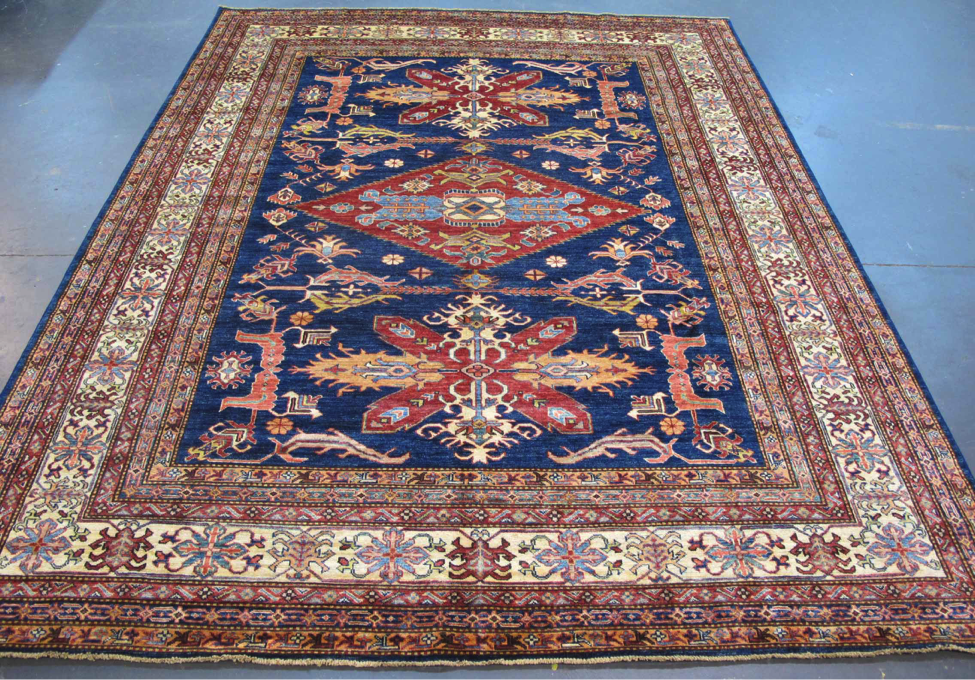
Kazak (or Qazax) is a small city in the Northwest of Azerbaijan the controls routes into Armenia and Georgia. Kazak rugs, however, are mainly woven by the people of Armenia and Afghanistan who are influenced by the Caucasian designs found in old rugs from Russia and the USSR region, as well as those found in rugs from the northern parts of the Persian empire. These rugs are real gems!
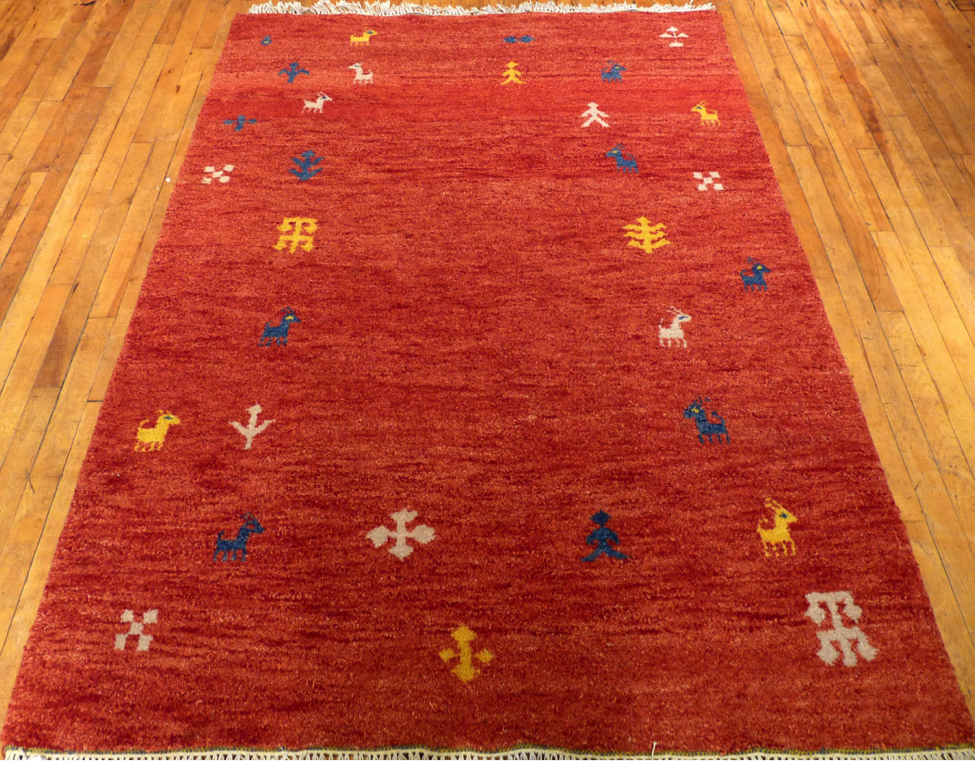
Gabbeh patterns are very basic with a limited number of decorative, mostly rectangular objects (typically resembling animals) and are usually constructed with bright colors, such as yellow and red. Although Gabbeh designs often have large regions of one color, the color is typically variegated. Gabbehs are made of natural, hand-spun, wool yarn and all the colors are created with natural plant dye.
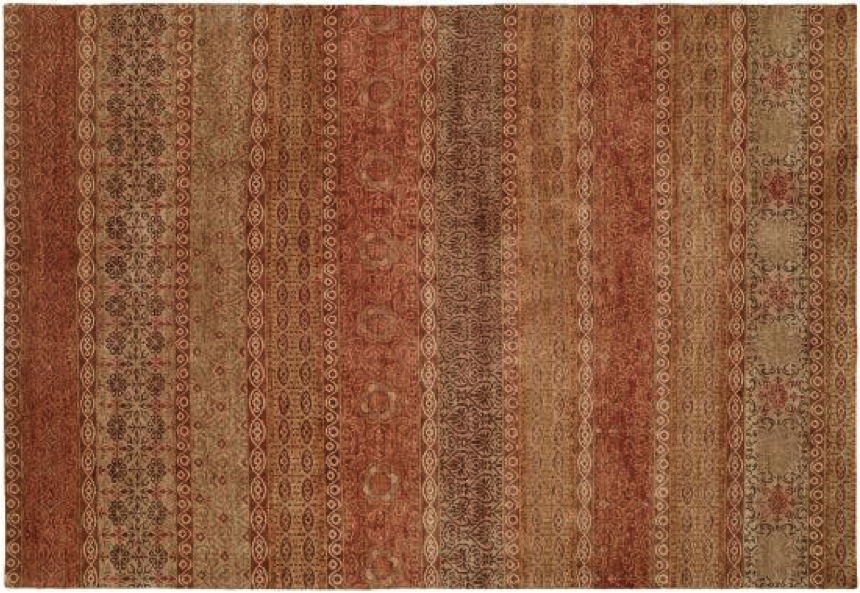
Mirabelles are a fusion of traditional and transitional motifs with a fresh, charming new look. This is a one from a collection of fine, low-pile, hand-knotted designs in 100% premium hand-spun wool where each simple-yet-elegant pattern works in any setting.
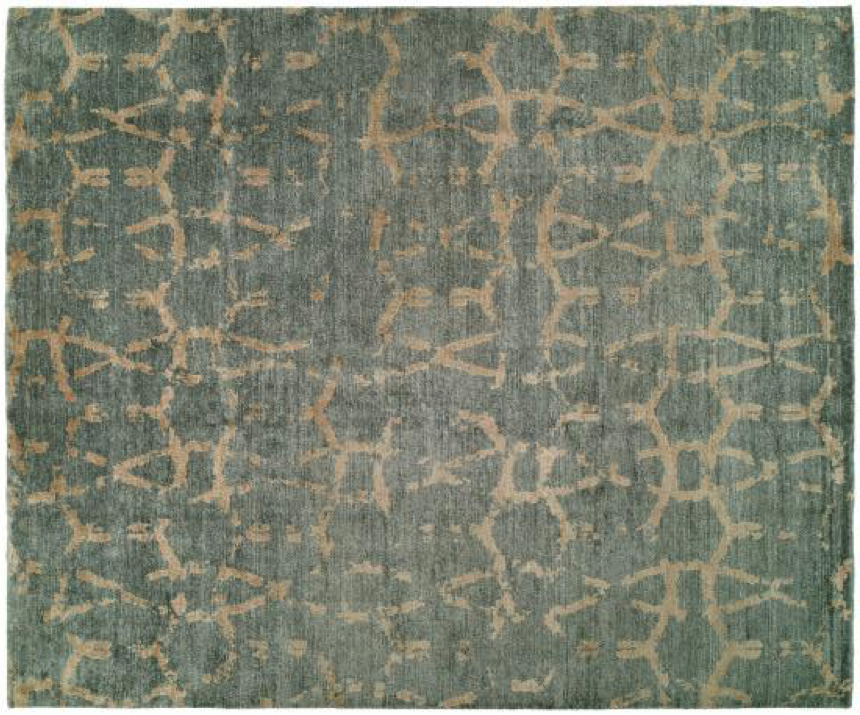
Eco-friendly and designed for today’s casual homes and lifestyles, the borderless rugs in the Inspira collection have a uniquely soft look and feel that gives them a special appeal. Hand knotted of Silkette™ in a Tibetan weave, they are truly inspired.

Each of the elegant, borderless transitional rugs in the Verona collection features a dramatic floral pattern that imparts an exceptional design presence wherever it is used. Hand-knotted in a Turkish-style weave using 100% premium wool, these rugs are very impressive!
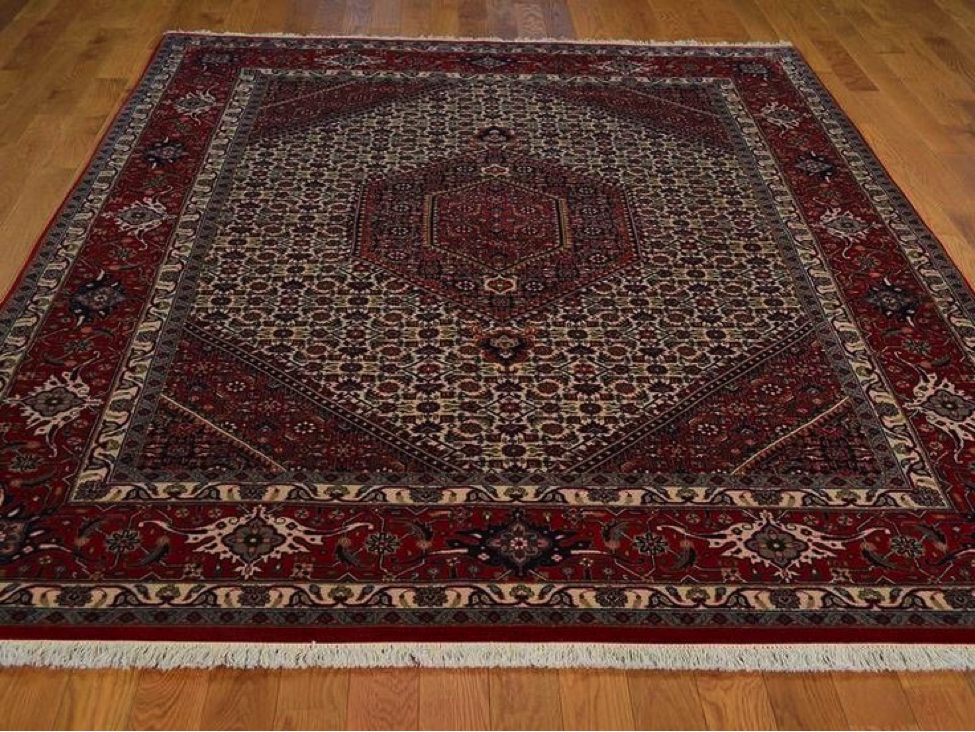
Bijar (or Bidjar) Kurdish rugs are often called the Iron Rugs of Iran. The Bijar was a heavy, durable rug that has been very popular in the United States. Now the Bijar rug tends to be a finer, thinner, and more Sarouk-like rug. Most Bijar Kurdish carpets are woven by the Gerrus Kurds in the Bijar area, while a finer copy of Bijar carpets are woven by Afshar weavers who live in the Tekab and Tekkenteppe area in Gerrus.
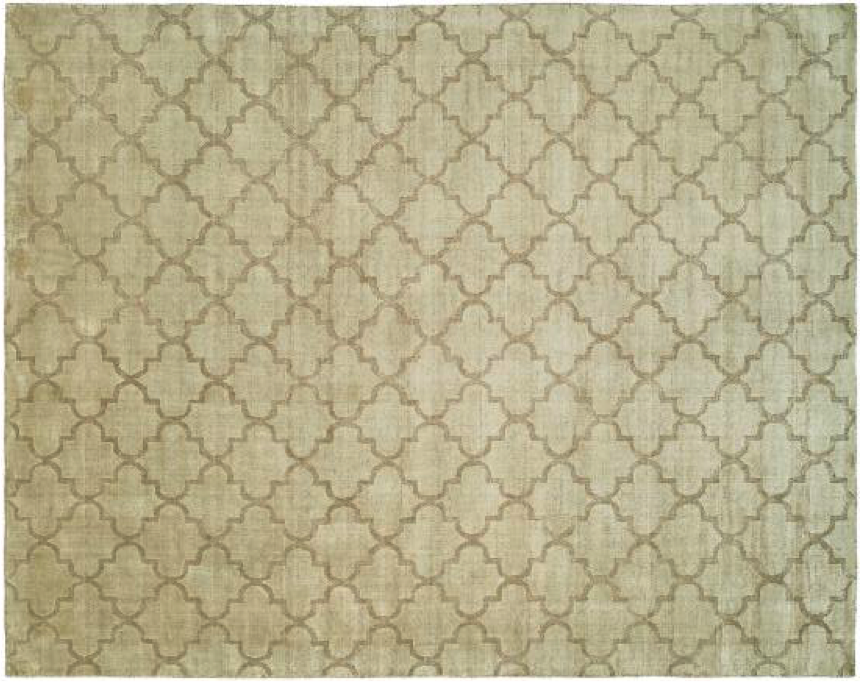
This is one of a collection of contemporary loop-and-pile area rugs that are hand-knotted in a Lori-Loomä weave using premium wool and Silkette. Various multi-level motifs provide texture and visual interest to this handsome group of modern designs.
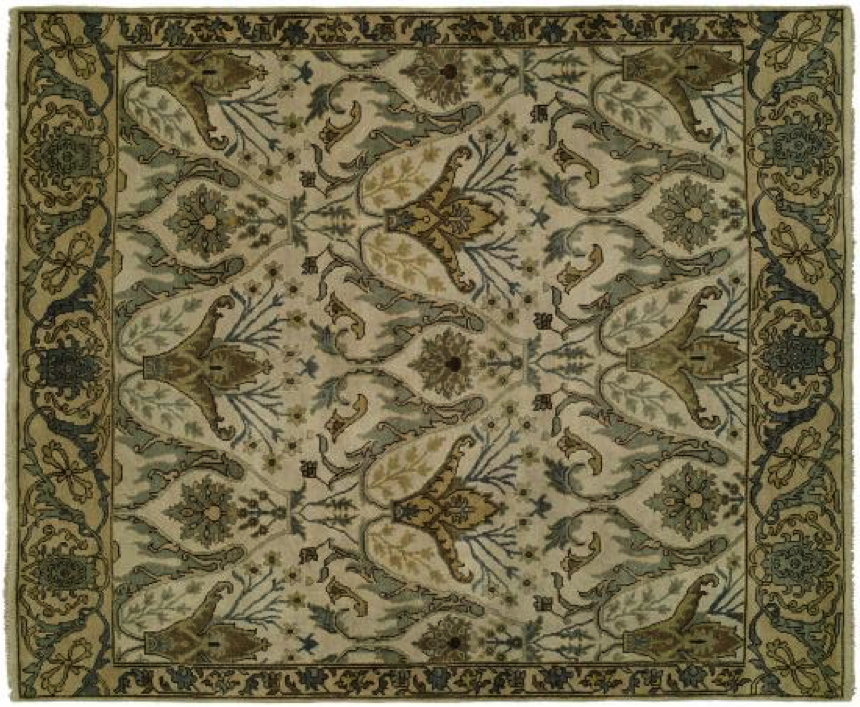
This rug is a lively assemblage of traditional motifs and patterns with narrow borders that give these rugs a transitional, yet timeless appeal. Each Artisan rug is hand-knotted using premium hand-spun wool.
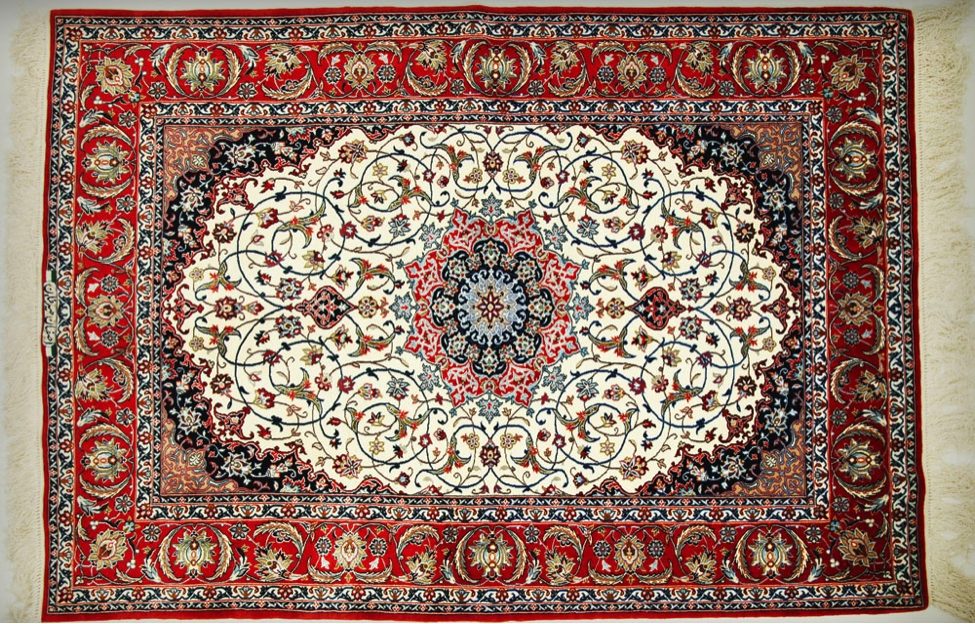
Isfahan rugs are knotted on either silk or cotton foundations, with 500-700 Persian knots per square inch, using exceptionally good quality wool for the pile, which is normally clipped quite low. Very fine museum grade, Isfahan rugs could reach to 900 knots per square inch and even more. A range of traditional designs are still used (including allover Shãh Abbãsi, vase, Tree of Life and pictorial schemes), but the most popular is based on a circular central medallion set against an elegantly sculpted field decorated with intricately purling vine palmette and floral motifs.
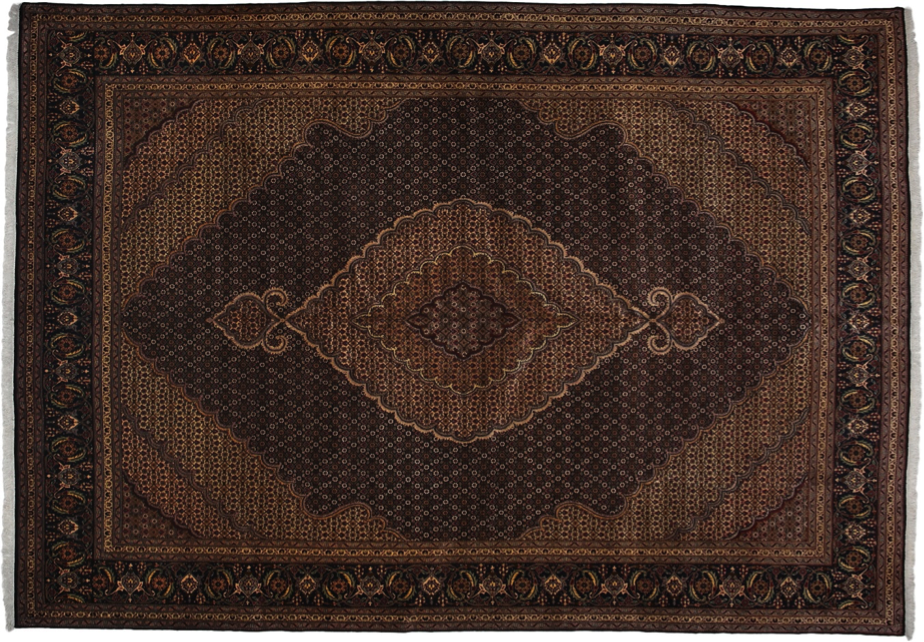
Tabriz carpets date back to the 9th-10th centuries. Often the topics for Tabriz carpets are drawn from the works of the great Oriental poets. They often depict the scenes of falconry or images of a ferocious lion--or even with images of fragments of palaces and mosques, scenes of battles. Many of the ornamental pattern carpet weavers were inspired by the hand-painted covers of ancient books.
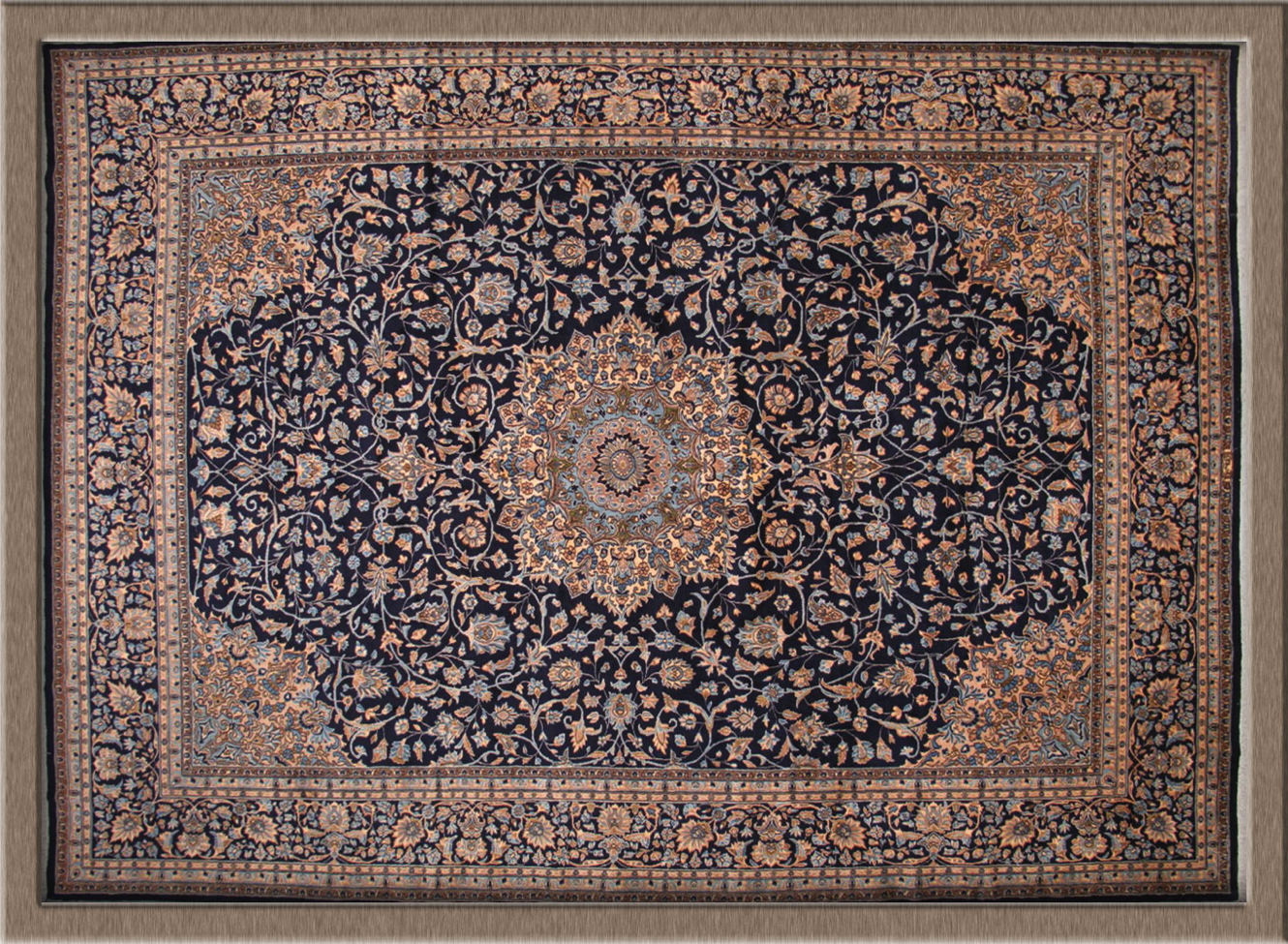
Kerman has been a major center for the production of high quality carpets since at least the 15th century. In the 18th century, some authors considered the carpets from the province of Kerman, especially at Siftan, to be the finest of all Persian carpets partly because of the high quality of the wool from the region (known as Carmania wool).
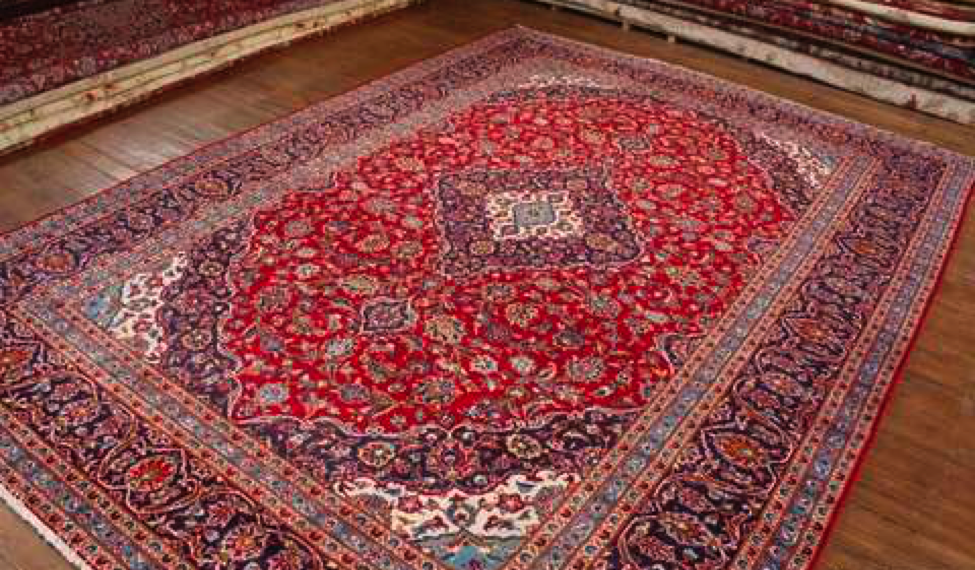
A Kashan rug is a type of Persian rug from the area of Kashan. Kashan is a city in Isfahan Province in North Central Iran. Persian carpets were produced at Royal workshops in the 17th and early 18th century. The Persian carpet workshops ceased production in about 1722 after the Afghan invasion. Today, some of the best Kashans are from Ardistan, as well as in Yazd and Kashmar in Khorasan.
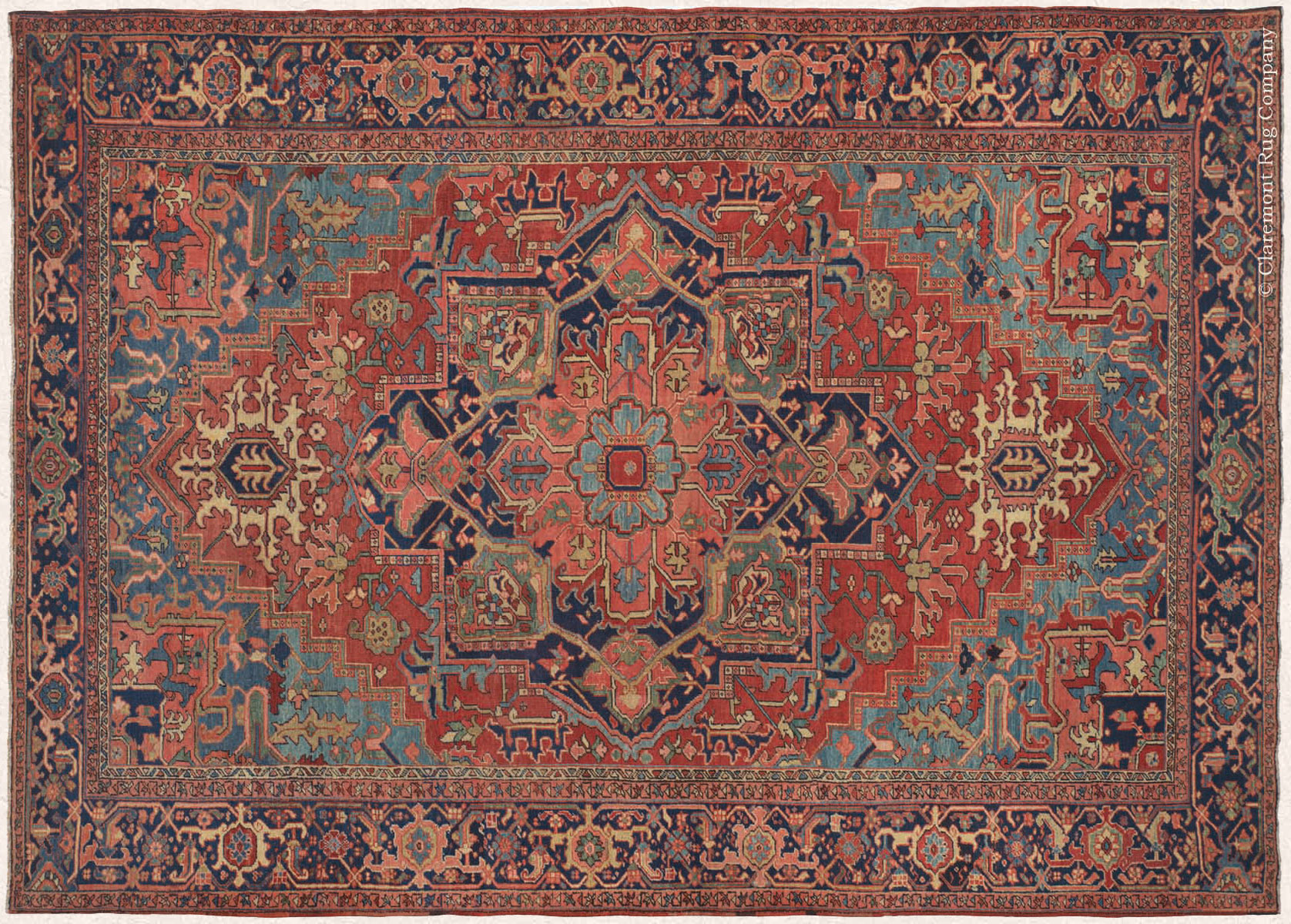
Heriz rug weavers often make them in geometric, bold patterns with a large medallion dominating the field. Such designs are traditional and often woven from memory. Similar rugs from the neighbouring towns and villages of the Heriz region are Afshar, Heris, Mehraban, Sarab, Bakhshaish, and Gorevan. The grades of these rugs are primarily based on village name. Serapis, for example, have been considered the finest grade of Heriz since the beginning of the 20th century.
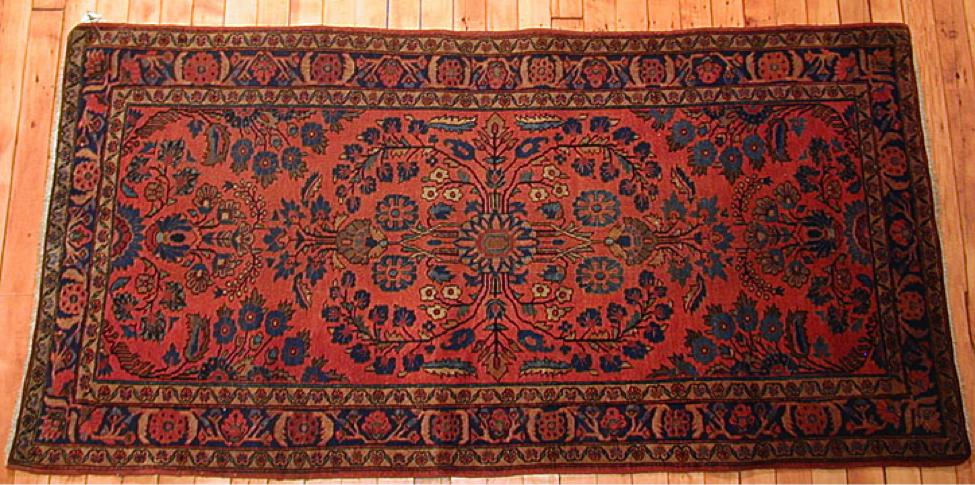
Sarouk rugs continue to be produced today using the same methods as during early production – with the exception of the post-production dye job. Known for their exceptional quality and ability to withstand decades of wear, Sarouks continue to be a best seller in Persian rugs. They are made with a high quality, tough wool using a Persian knot. A telltale sign of a Sarouk is usually its blue weft threads, salmon or tomato-red color mixed with ivory and blues, and a very traditional, floral style. The finest of the modern Sarouk rugs come from the small town of Ghiassabad.
1
2
3
4
5
6
7
8
9
10
11
12
13
14
15
Previous
Next















